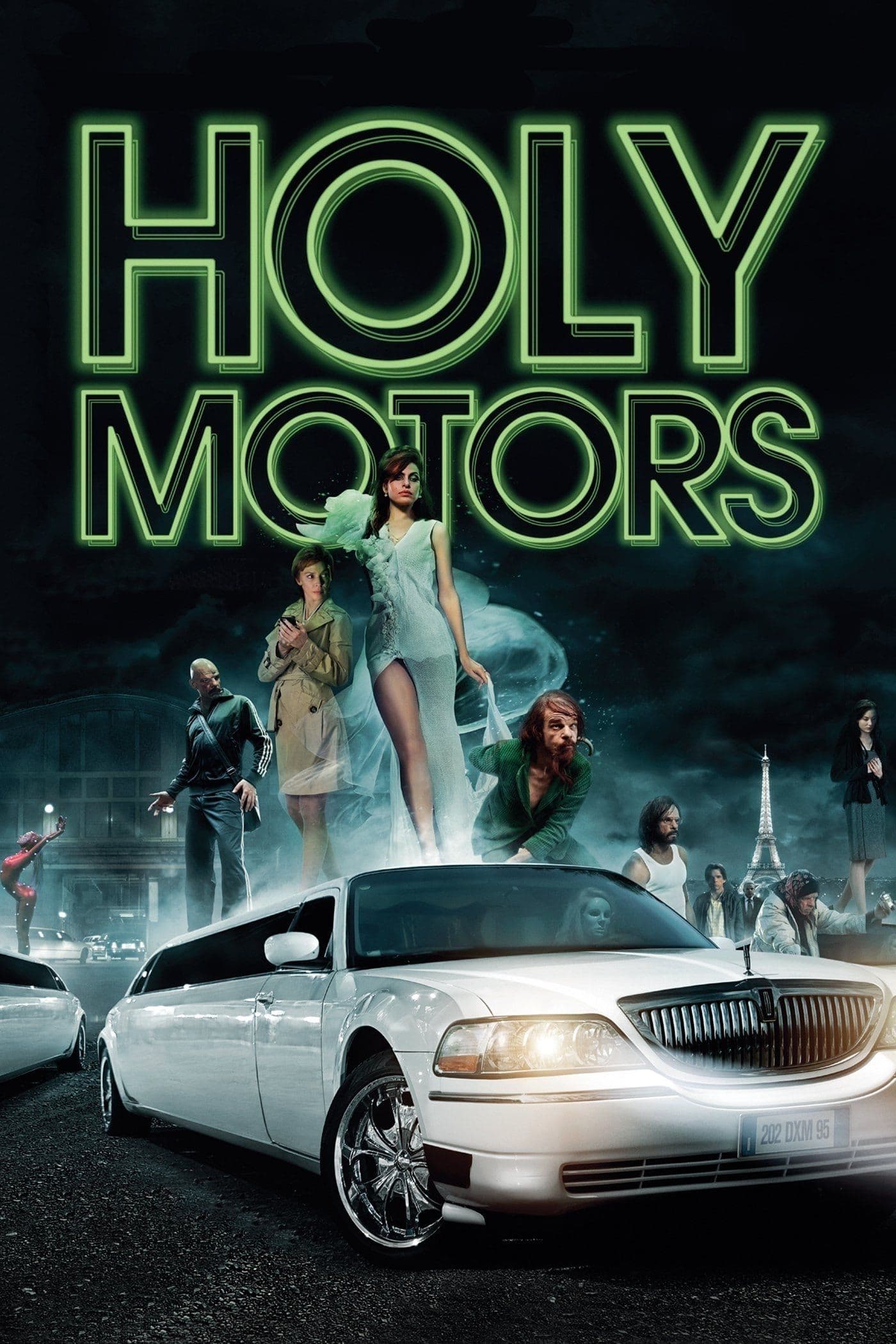
Holy Motors
2012
Rate this movie
Average: 5.00 / 5
(1 votes)
Director
Trying to describe the “plot” of Holy Motors is a futile exercise, like trying to describe a dream using the language of an instruction manual. The film has no plot, it has an itinerary. We follow a man, Monsieur Oscar, for twenty-four hours in Paris. But Oscar is not a man, he is an actor, or perhaps the actor par excellence, the avatar of cinema itself. His job consists of a series of “appointments.” Every morning, he gets into a white limousine, which serves as a mobile dressing room and interdimensional portal, receives a dossier, and transforms himself completely to play a role. And we go with him on a picaresque and dizzying journey through cinematic genres. In an hour and fifty-five minutes, Carax throws us into a family drama, a noir, a science fiction film, a musical, a grotesque fairy tale, and a love story, all held together by the most astonishing physical and spiritual performance of the 21st century.
The beating heart of this crazy machine is Denis Lavant. His is not acting, it is a series of possessions. He is an athlete of the body and soul, a direct heir to the great performers of silent cinema such as Charlie Chaplin or Buster Keaton, who had to communicate an entire universe without the aid of words. Lavant transforms himself completely, not only in makeup and costume, but in posture, voice, and breath. One moment he is an elderly Roma beggar, the next a bourgeois father accompanying his daughter to a party, then a hitman carrying out a murder with almost choreographic precision, then a dying old man in a hotel room. His most iconic and unforgettable incarnation is that of Monsieur Merde, an underground creature, a satyr who feeds on flowers and hair, who kidnaps a model (Eva Mendes) from a photo shoot in a cemetery to take her to his lair. It is a sequence that is at once disgusting, hilarious, and strangely poetic, a pure distillation of Carax's cinema. Lavant's performance is a monument to the actor's versatility, a reminder of what acting really is: not imitation, but embodiment.
Beneath this bizarre and pyrotechnic surface, Holy Motors is a work of poignant melancholy. It is a film about cinema, and perhaps about its death. Carax, returning to feature film after thirteen years of silence, seems to be questioning the meaning of his own craft in the digital age. The opening sequence, with the director himself waking up and walking through a secret passageway to find himself in a movie theater, is a statement of intent. The entire film is pervaded by anxiety: the anxiety that images have lost their power, that the actor's “beautiful gesture” no longer has an audience to watch it.
This melancholy is palpable in every scene. The motion capture session, where Oscar/Lavant moves around in a black suit covered with sensors while performing sexual acts with another performer, is an almost painful reflection on the dematerialization of the actor's body, reduced to a set of digital data. The musical interlude, an “entracte” in which Oscar leads a parade of accordionists in a church, is a nostalgic tribute to a type of epic cinema that no longer exists. And the final scene, one of the most brilliant and moving of recent decades, in which the limousines, back in their garage, begin to talk to each other, complaining about their fatigue and their fate, is the definitive funeral dirge. The cars themselves, the vehicles of fiction, are exhausted.
If we were to venture an analogy, Holy Motors could be seen as a New Orleans-style jazz funeral. It is a funeral procession for something we are losing—analog cinema, the physicality of the actor, the sacredness of the theater—but it is at the same time an unrestrained, joyful, and chaotic celebration of its life. It is an elegy that refuses to be merely sad.
The dripping, pulsating surrealism of this film cannot help but bring Luis Buñuel to mind. The Spanish director is a founding father, an early surrealist who absorbed the movement directly at its source, collaborating with Salvador Dalí. For him, surrealism is not a style, it is a weapon. It is a hammer with which to violently strike the three great prisons of man: the bourgeoisie, the Church, and rational logic. His surrealism is aggressive, political, and Freudian. Leos Carax, on the other hand, is a post-surrealist, a melancholic child of an era in which the great ideologies Buñuel fought against have already collapsed. He no longer needs to use surrealism to attack the bourgeoisie or the Church; these institutions have lost much of their monolithic power. Carax's surrealism, especially in Holy Motors, is introspective, lyrical, and meta-cinematic. If Buñuel's hammer was aimed outward, toward society, Carax's mirror is aimed inward, toward art itself and the artist. His is not an attack, but an elegy. Holy Motors uses the logic of dreams not to expose social hypocrisy, but to question the nature of identity, performance, and the possible death of cinema in the digital age. Monsieur Oscar's transformations are not critiques of specific social classes (although they sometimes are, by reflection), but are both a celebration and a funeral lament for the beauty of the artistic gesture.
But beneath its surrealist armor, it is a deeply emotional film. The scene in which Oscar, playing a father, brings his teenage daughter home from a party, or his encounter with a former lover (played by Kylie Minogue, who sings a poignant song), are moments of piercing beauty and sadness. These are the moments when the mask falls and we glimpse the tired and lonely man beneath the actor. Holy Motors is a love letter to cinema, but a desperate one, written in invisible ink and delivered by a mad messenger. It is a film that asks whether there is still beauty in the gesture, even as cameras become smaller and smaller and audiences disappear. Its answer, shouted through Carax's imagination and Lavant's titanic performance, is an absolute, unconditional, and gloriously crazy yes.
Gallery
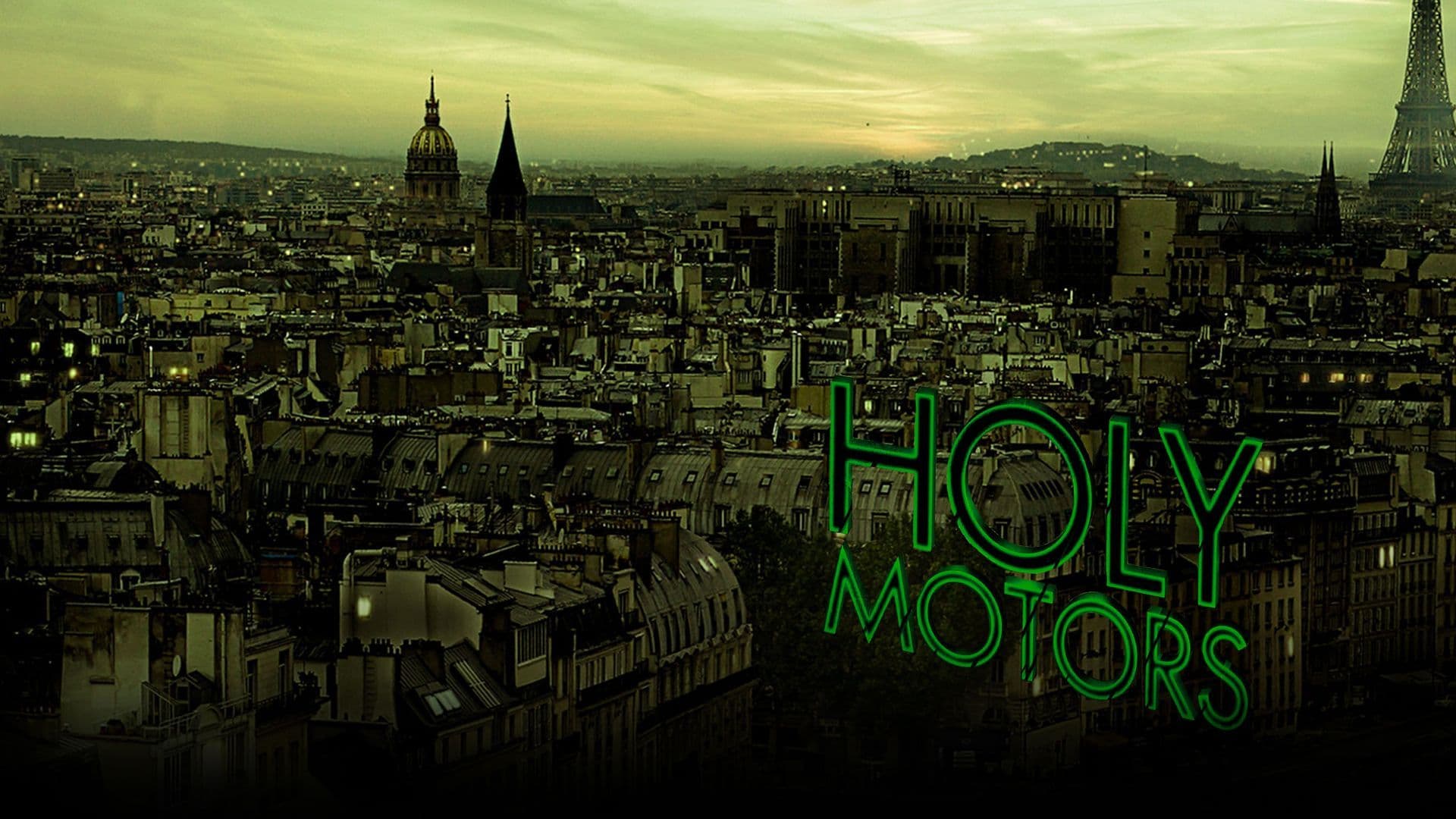

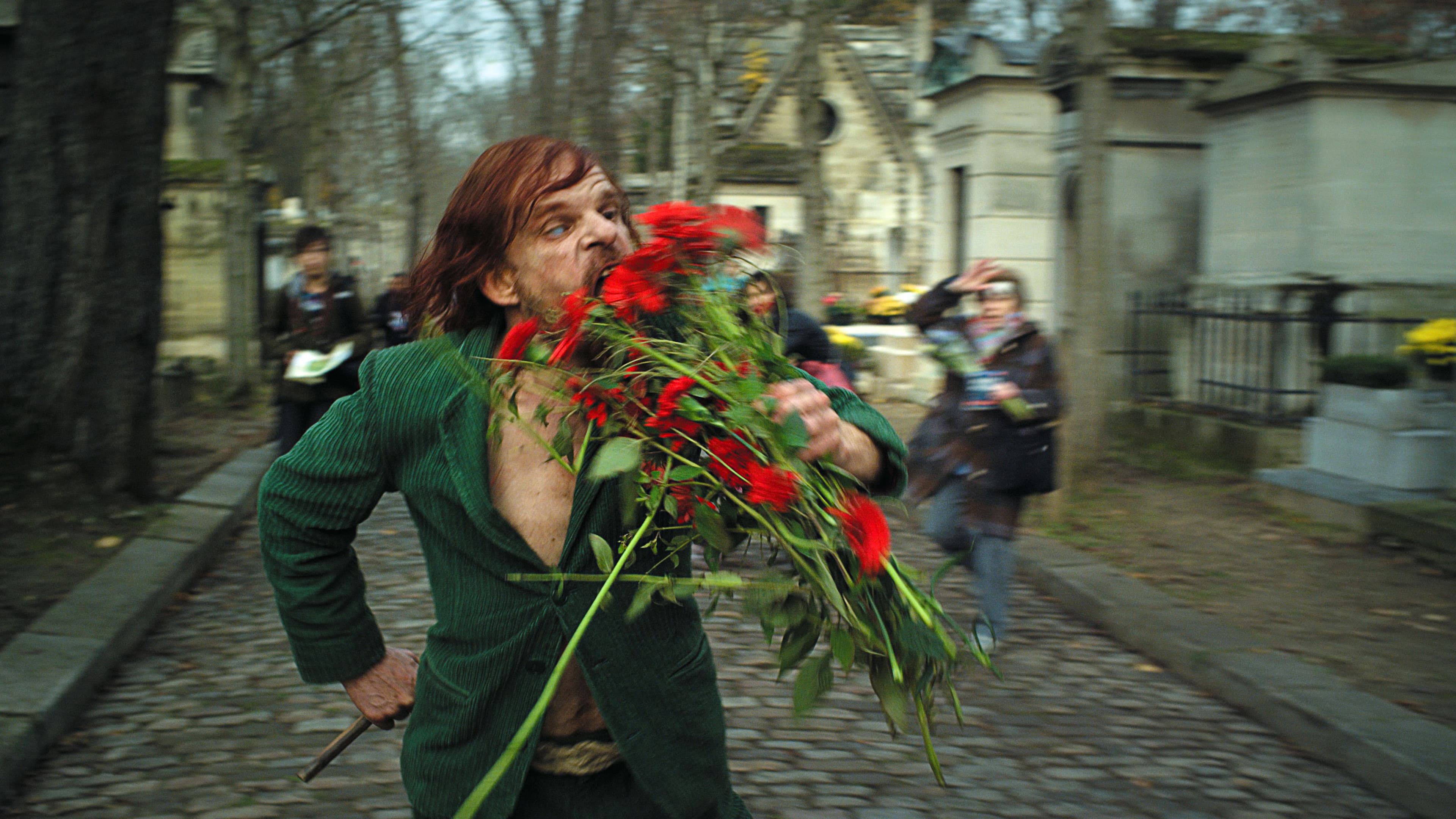
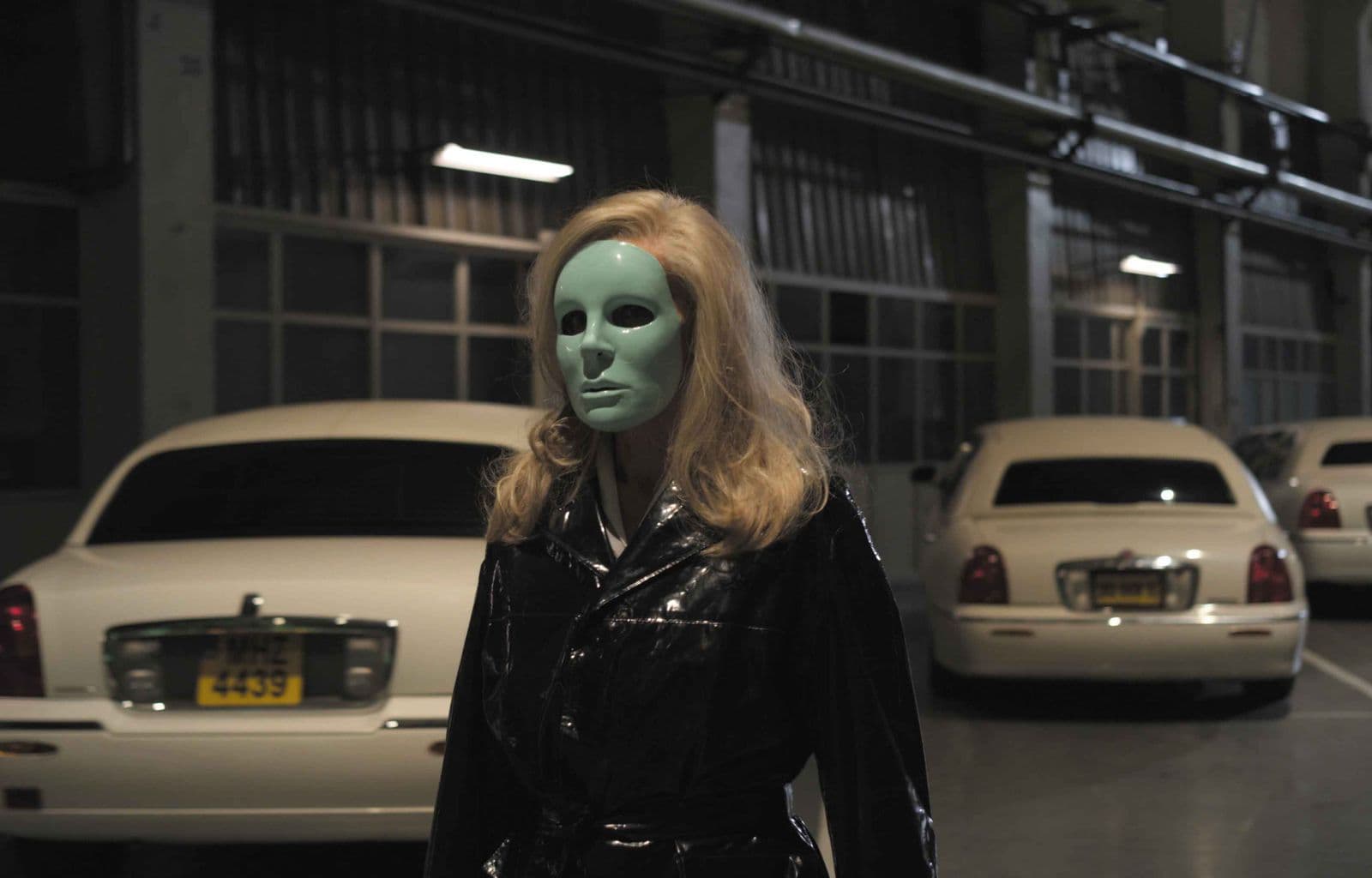
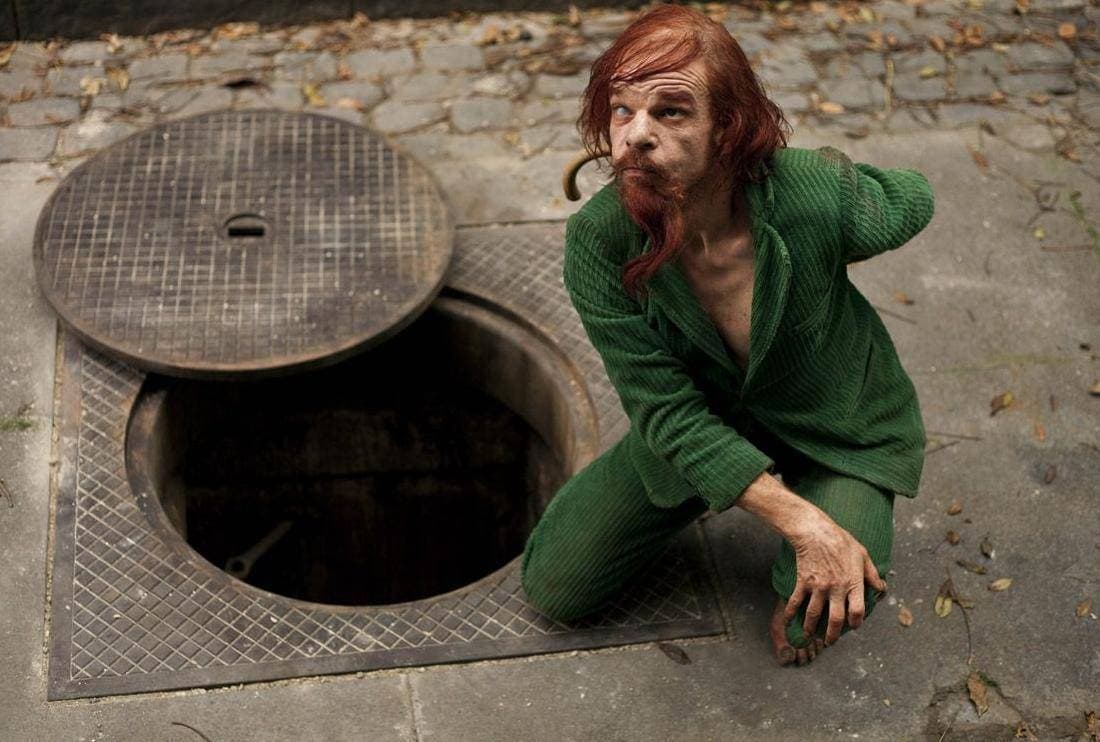
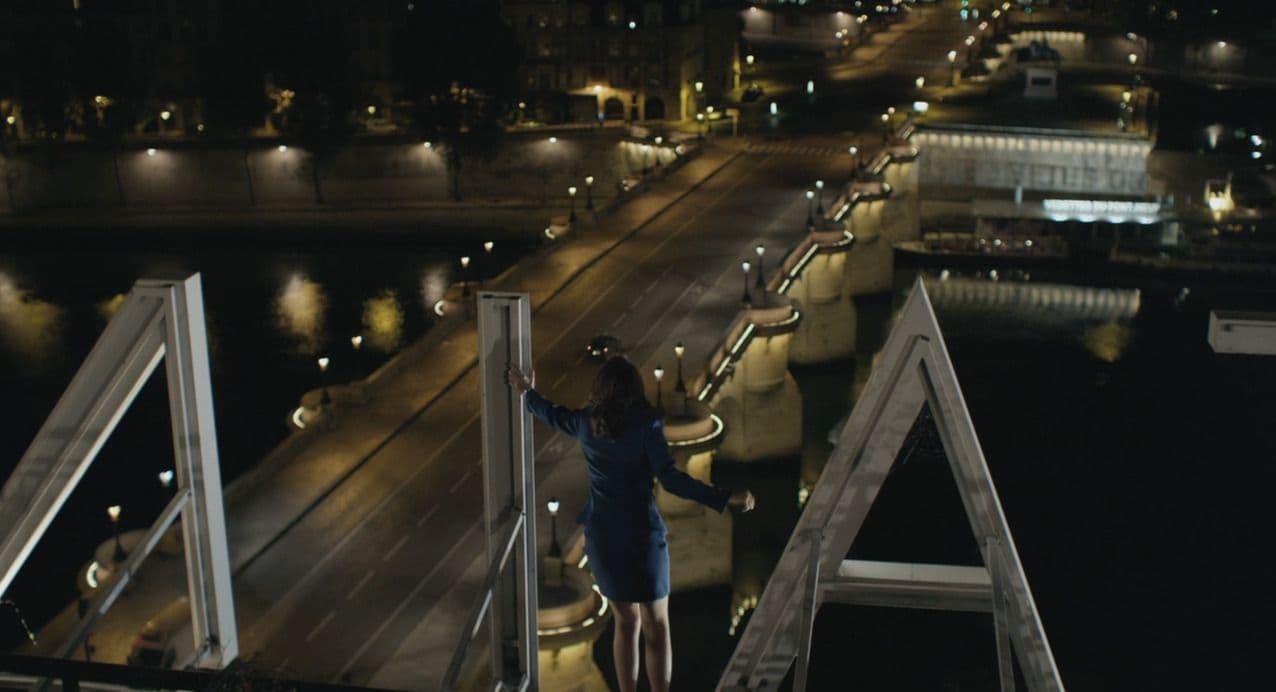
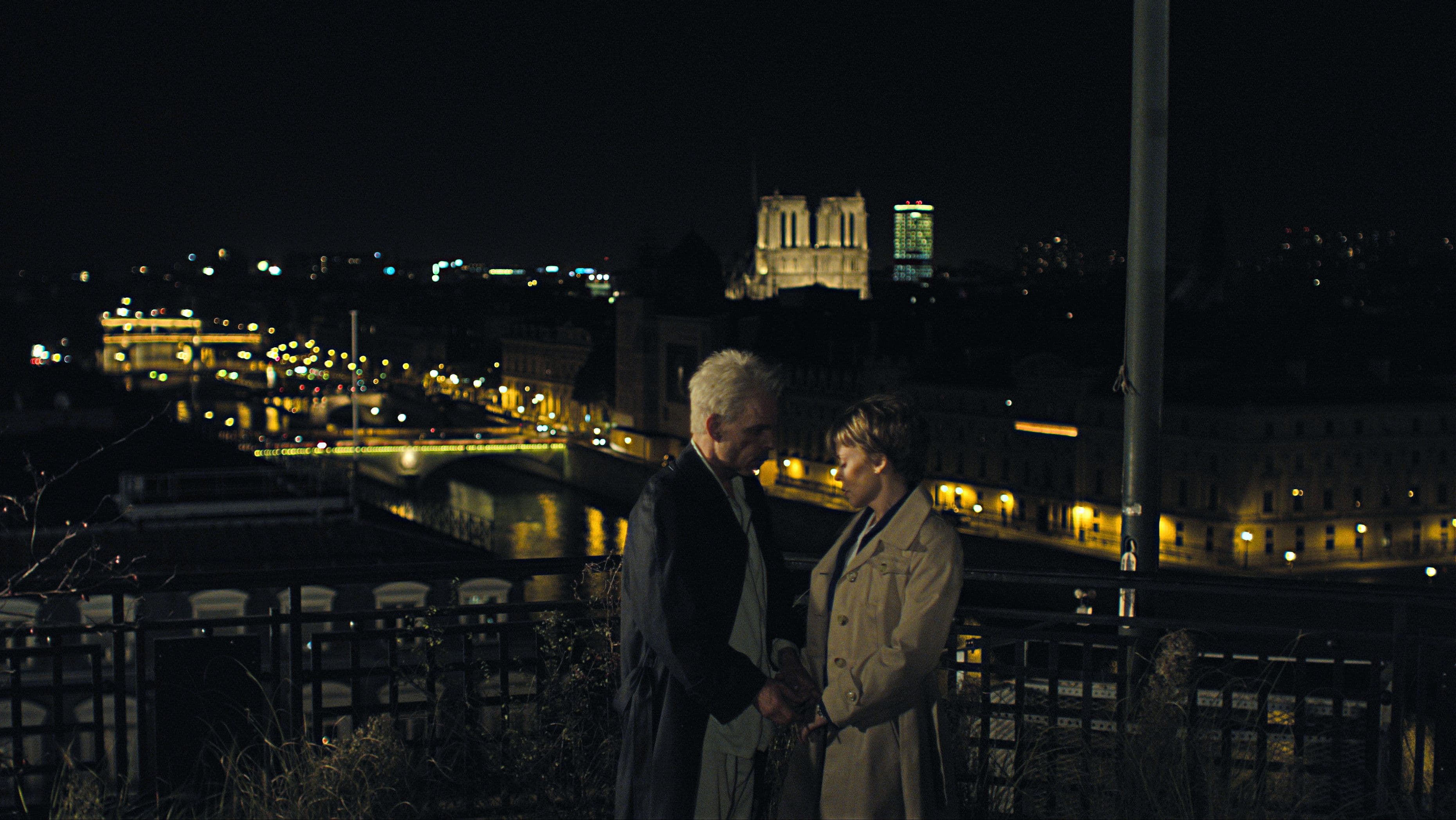
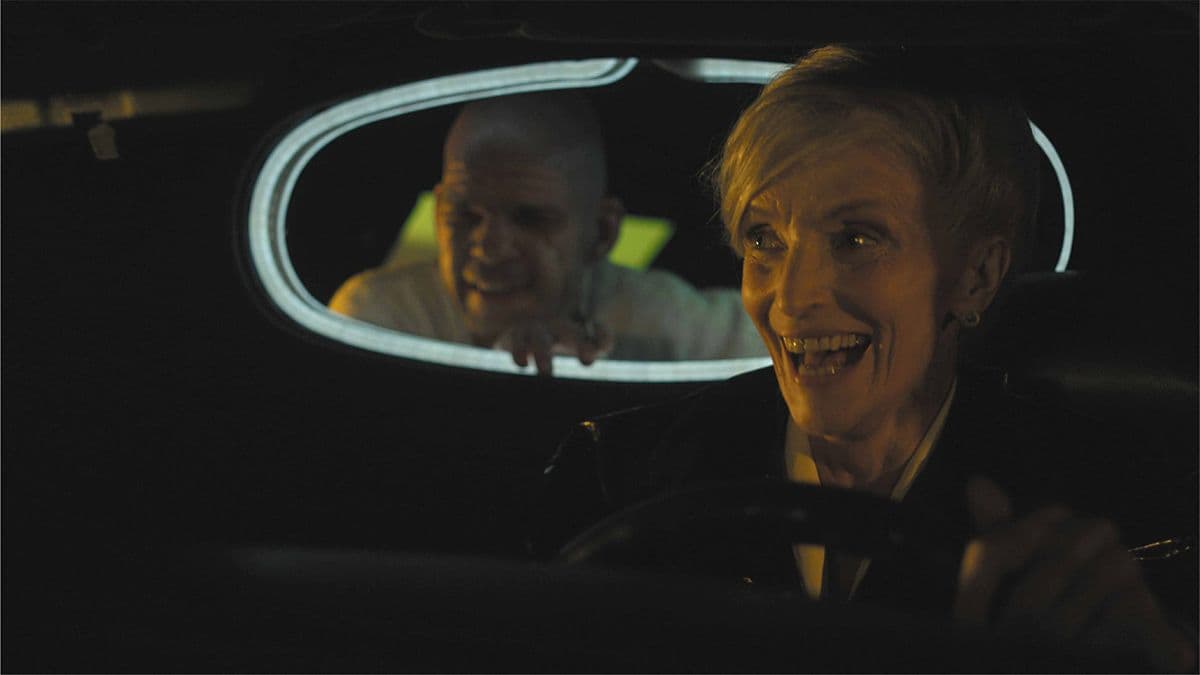
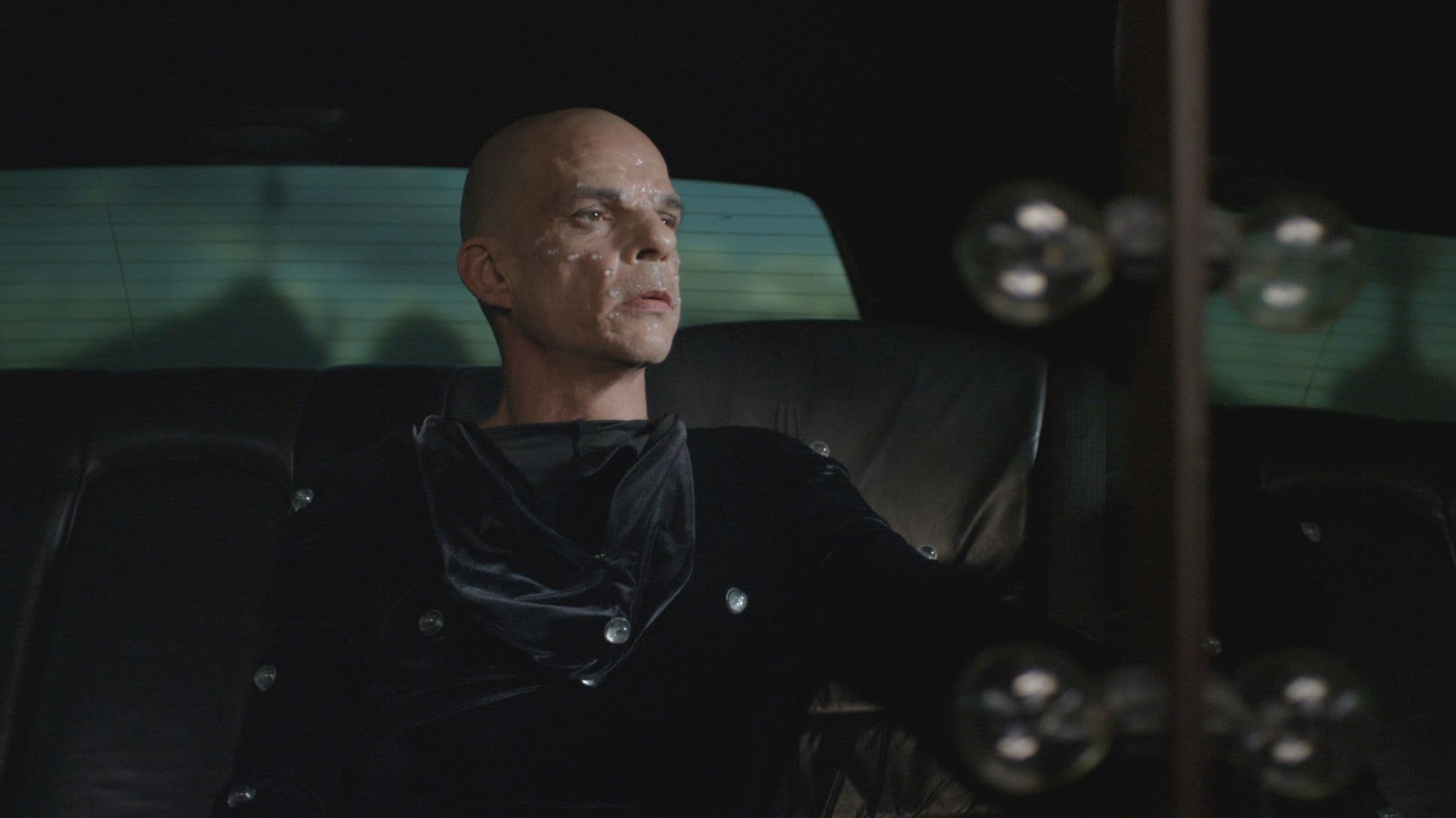
Featured Videos
Trailer
Comments
Loading comments...